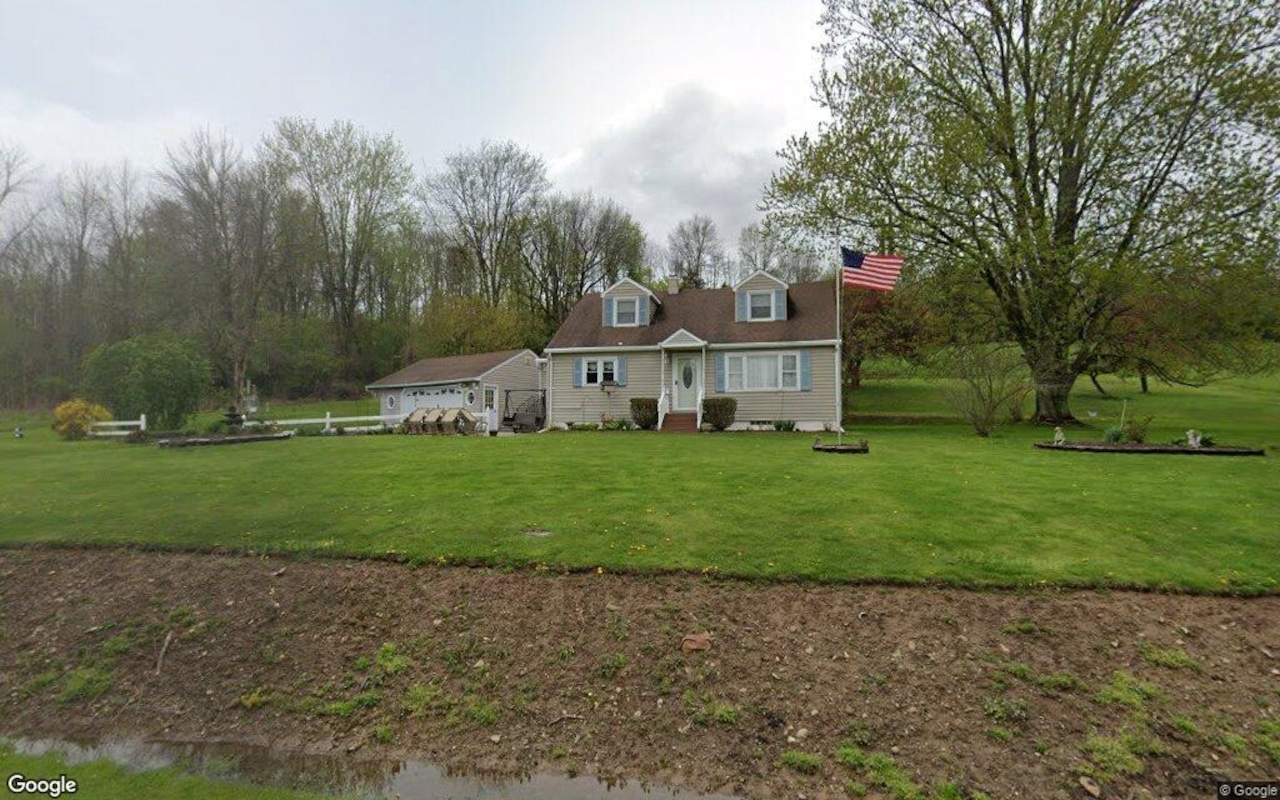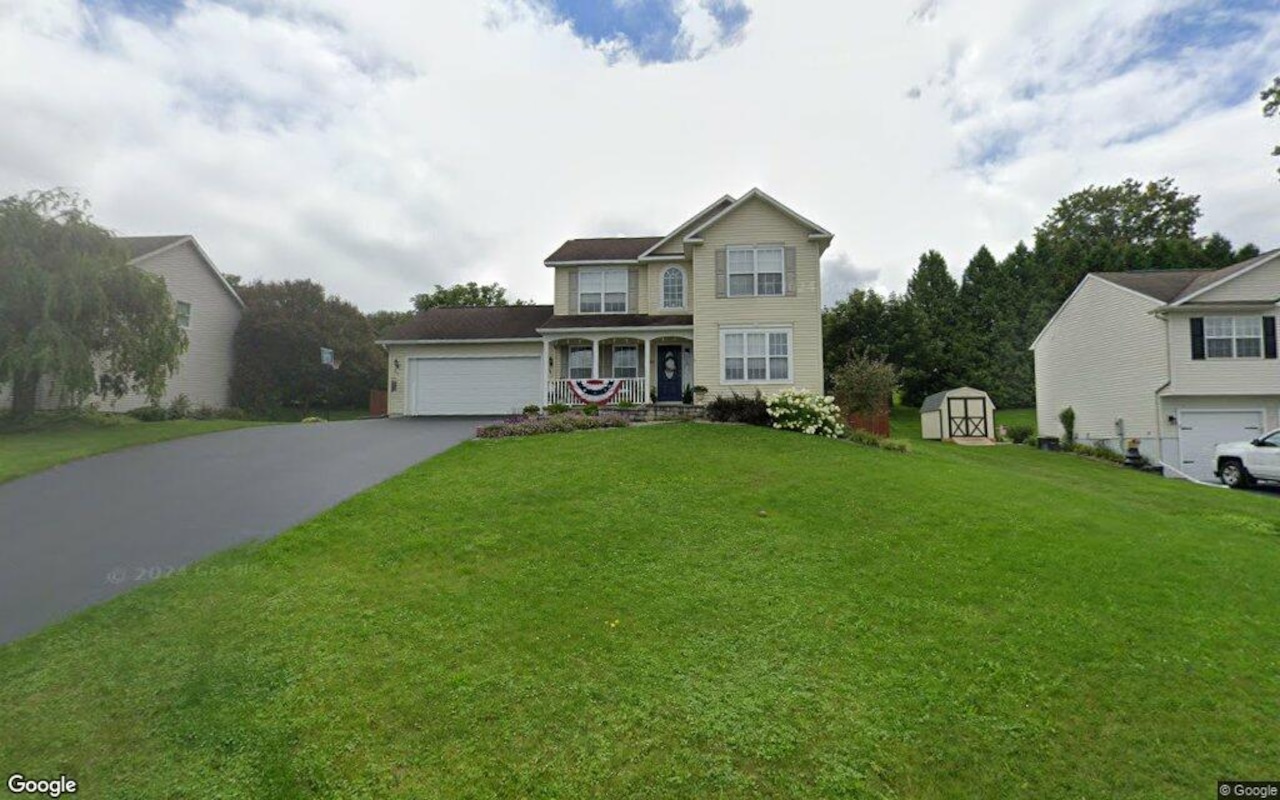T
he US is facing a severe affordable housing crisis, with rising costs and stagnant wages making it difficult for many Americans to own a home. The average cost of a home in the US is around $410,800, requiring annual incomes of $100,000 to $135,000 to afford. However, the median salary in the US is only $39,982, leaving millions struggling to make ends meet.
The crisis disproportionately affects Black Americans, with nearly 60% of Black renters and 30% of Black homeowners facing moderate to severe cost burdens. This is largely due to historical housing discrimination and ongoing supply and demand imbalances.
Despite challenges, real estate developers are optimistic about the future of affordable housing following the passage of a tax and spending bill by Congress. The legislation expands the Low-Income Housing Tax Credit (LIHTC) program, allowing developers to sell credits to investors and finance projects more easily. Jonathan Rose, founder of the Jonathan Rose Companies, says this is "a big boost for the creation of more affordable housing."
The bill also reduces financing requirements for developers, making it easier to build and preserve affordable housing units. Affordable housing advocates praise the legislation as a significant step forward in addressing the nation's housing shortage.
According to estimates, over 9 million additional housing units will be needed by 2035 to meet demand. While this new law won't solve the entire problem, it is seen as a crucial step towards making affordable housing more accessible and sustainable for millions of Americans.














